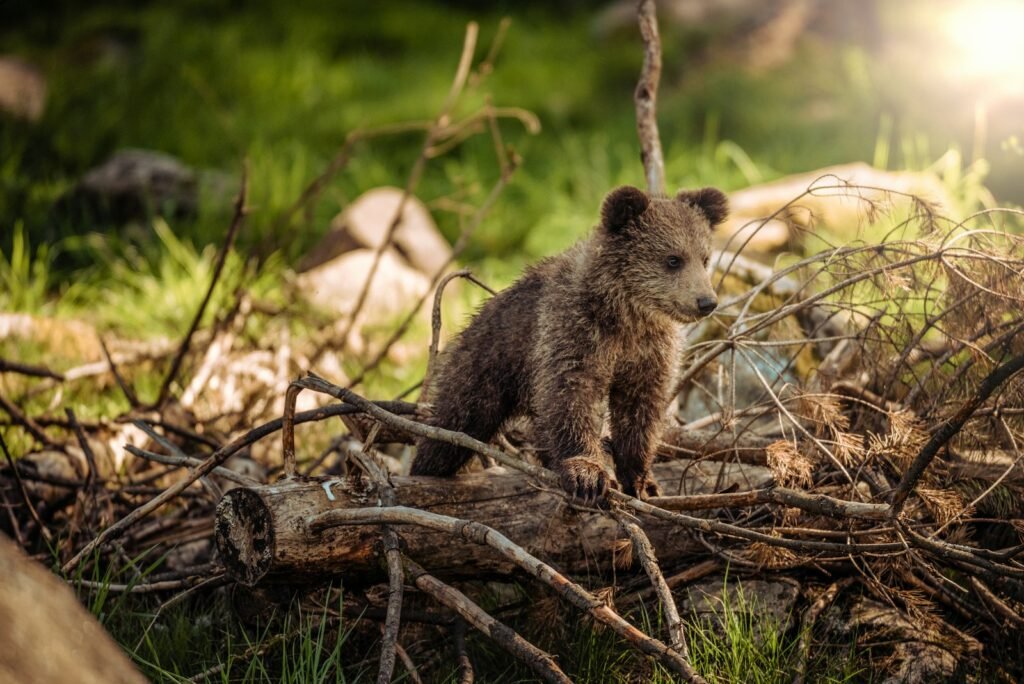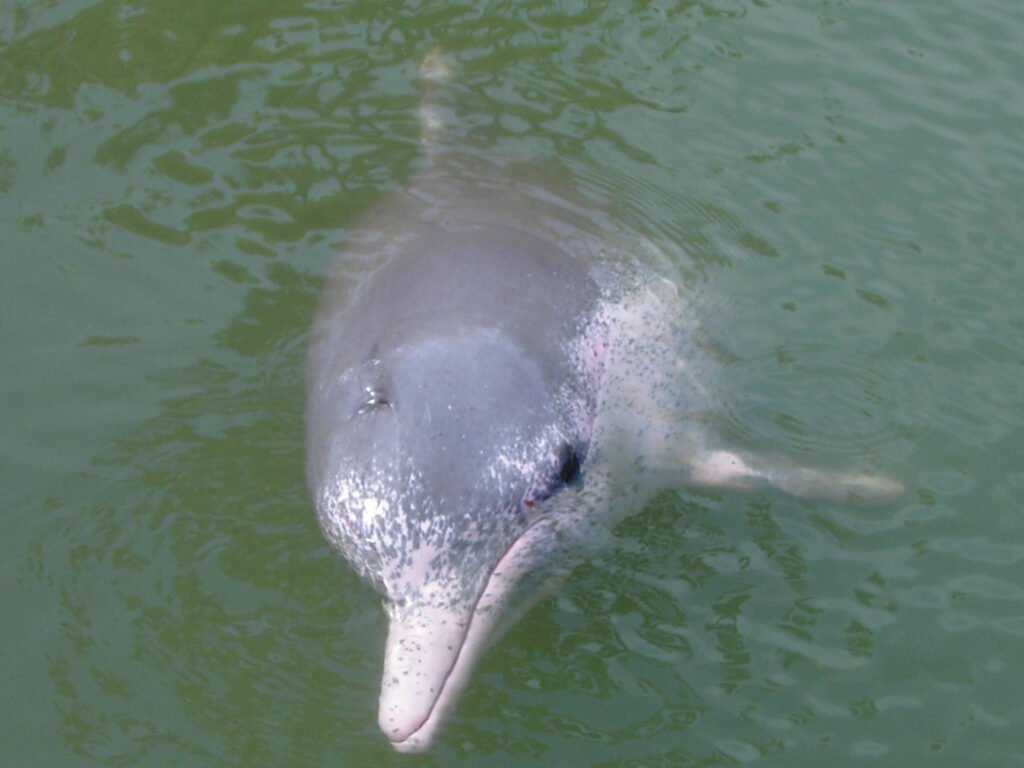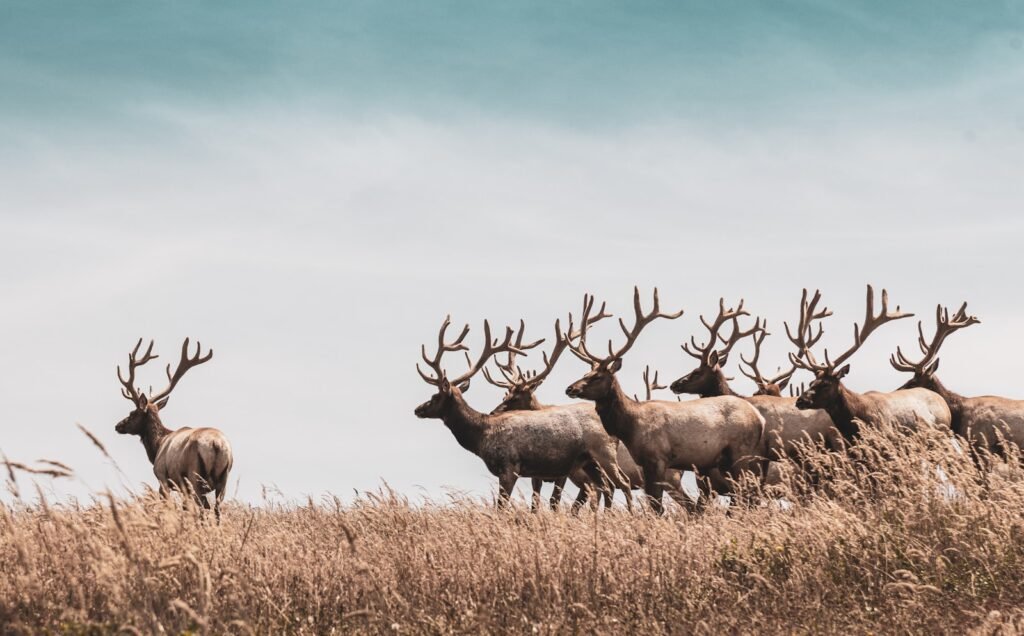8 Wildlife Corridors Restoring Ecosystems Worldwide
Wildlife corridors are vital pathways that connect fragmented habitats, allowing animals to move safely across landscapes. These corridors are essential for maintaining biodiversity, ensuring genetic flow, and enabling species to adapt to changing environments. By facilitating safe passage, wildlife corridors help prevent the negative impacts of habitat fragmentation, such as inbreeding and resource scarcity. This ...













